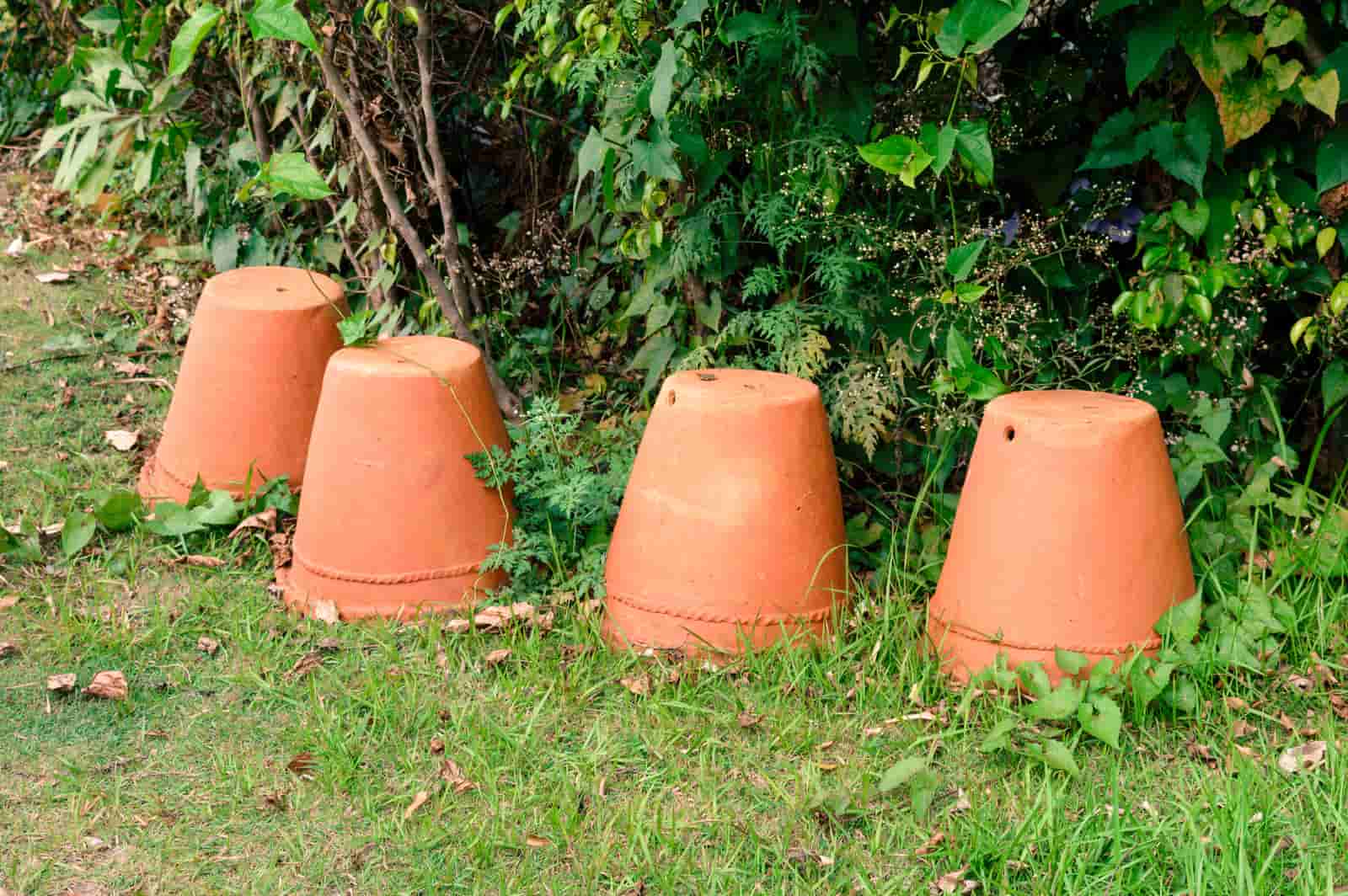For any beginner starting his journey with plants for the first time, pothos forms an ideal choice. The reason is its low maintenance.
Yes, pothos is one such plant that doesn’t ask for much care and can easily thrive in all conditions, seasons, etc.
Another great aspect is that pothos is almost impossible to kill, and that’s the reason why it’s also famous as Devil’s Ivy.
However, low maintenance or thriving nature doesn’t sideline that good drainage is necessary for all the above to happen.
That’s if the pot you have chosen doesn’t have suitable drainage holes in the bottom, you can’t expect a flourishing plant. That’s what today’s article is all about.
Do pothos need drainage?
Yes, pothos needs drainage for their survival and upswing. Out of all the plant types, the roots of only a few aquatic plants love sitting in water for a long time as their mechanism is like that.
However, no other plant, even pothos, grows or survives the same way. Such plants require exchanging carbon dioxide and oxygen with the air using the air pockets in the soil.
If the soil has no drainage, the water will not find any way to pass out the soil, and while remaining so in the soil, it’ll start blocking the air pockets.
That’s not the only issue with poor or no drainage. Excessive water logging near the roots can invite root rot, a severe condition that can kill your plant.
Root rot affects the whole plant; starting from the roots can have common symptoms such as yellow/brown leaves, slender stems, crispy leaves, etc.
The situation worsens if you use fertilizer in your pothos. As fertilizer contains extra salts, these salts combine with the salts present in water in the soil, increasing salt concentration and negatively impacting the pothos.
Hence, proper drainage is necessary for all plants in the form of holes in the bottom of the pot. However, as I said above, some plants like aquatic ones don’t need drainage, and below are their companions in the same.
Related:
Are there any plants that don’t need drainage?
Yes, tons of plants don’t need any drainage hole at any stage and would still grow like other plants. These are:
Snake plant
Native to the tropical regions of West Africa, the snake plant is the best indoor plant that doesn’t require any drainage hole throughout its lifetime.
It features blade-shaped leaves that consistently remain upright.
Furthermore, you can grow a snake plant in a bowl of water as well! For this, just cut off some veins from the adult snake plant and crop them in a bowl with water. Within a couple of days, your snake plant will start evolving from those cuttings.
Oleander plant
Also known as the shrub plant, this plant originated from the Southwestern parts of Asia and has almost all aspects of pothos.
For example, it is ideal for indoor growing. However, outdoor planting is also possible. Similar to the pothos, the oleander plant can survive in less or even no water.
It doesn’t care about the soil either. In terms of humidity or temperature, the oleander plant doesn’t have necessities too. Hence, there is no need for drainage holes in this case also.
Related:
Chinese evergreen
Chinese evergreen plants have elongated silvery leaves with hints of green. Although these plants prefer a moist environment to flourish, they don’t need wet spells every time.
That is, if the soil is moist enough for the time being, you don’t need to add water to it.
It eliminates the requirement of drainage holes too. But don’t forget that despite no drainage holes, Chinese evergreen obliges a well-draining soil.
Kupukupu fern
Kupukupu fern boasts unique tubers all over its body and can mature over both the fern trees and in soil.
Since they don’t grow much in size, their water requirements aren’t much, and that’s the reason why fixed watering schedules goes well with them. Further, the pot-growing them don’t need drainage holes either.
Related:
Crotons
Crotons are the most vibrant plant species that can outgrow other plants by massive heights in feet.
Best grown in tropical or warm zones, crotons don’t need drainage holes and can survive easily provided their soil doesn’t get too dry or overwatered.
So, these are a few plants that don’t need any drainage holes and can still blossom like the other plants.
Can my pothos die without drainage holes?
Whether the pothos will die without drainage or not will depend upon several factors.
If there are no holes at the bottom of the pot and you’ve added so much water that the soil cannot cope with it, the excess water will undoubtedly start accumulating near the roots.
If made to sit for long in standing water, the roots will develop a severe root rot condition. It is a type of infection that affects the roots first and spreads to the remaining parts of the plant.
So, if this is the case with your pothos, immediate action is required in the form of cutting off the affected portion and replanting it in another pot. Therefore, you should refrain from watering the pothos regularly.
In a nutshell, the pothos may or may not die if there are no drainage holes provided the soil isn’t fed too much water at once and allowed to dry out completely before being watered again. This way, the plant will stay for longer.
Conclusion
“Do pothos need drainage” is a common question that spirals in the mind of many.
While drainage holes don’t fall in the category of must-haves, you should certainly have at least a hole at the center of the pot to allow any excess water to pass out.
Not having one and having standing water present in the pot will result in several issues like pests, root rot, etc.
To avoid this, you would have to abstain from frequently watering the plant when the soil still has considerable moisture intact.
